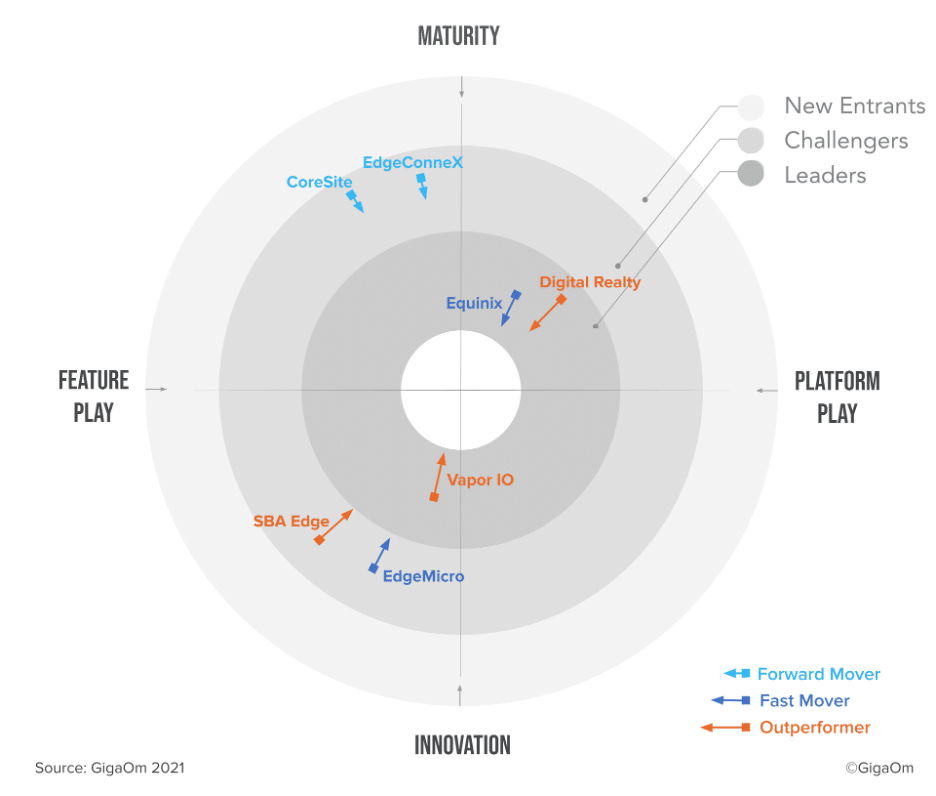Synse, the open source API for environmental data, has just been updated as Synse 3.0. This release incorporates a revamped SDK which allows the developer community to create Synse plugins that interface with any source of OT data, as well as extensive refactoring and new features. Synse is the enabler of fully autonomous data center and application operations.
Check out Synse 3.0 on Github here, and the documentation for the project here.

The World Today
Data centers are home to far more than racks of servers and IT equipment. They are also home to many sophisticated devices and systems that are required to keep the servers in the data centers (and the applications on those servers) alive. These span the gamut from power delivery and conditioning equipment, such as backup generators and Power Delivery Units (PDUs), to heating and cooling (HVAC) systems, to environmental sensors for temperature, humidity, air pressure, and vibration.
All of these systems, no matter how simple they may appear, generate vital data which allows us to ensure application availability, to perform predictive maintenance and ultimately to lower the cost and time required to address many of the challenges we face today in data center operation. These challenges are becoming more pressing as application workloads move to the infrastructure edge, which uses a large number of small micro data center facilities which are geographically distributed. Their small size precludes the same level of physical redundancy that is present within many traditional large data centers, bringing data visibility to the fore.
Indeed, the modern data center is where Information Technology (IT) collides with Operational Technology (OT) at large scale. This makes data centers the prime locations for the hot topic of IT/OT convergence, where environmental data from those same supporting systems such as power and cooling at a facility level can be used by IT systems to make effective decisions that empower people and systems to operate at higher levels of efficiency, and ultimately autonomy.
Today, much of this OT data is hidden from IT behind basic and unintuitive protocols which were not designed to be easily digestible by higher layers. Yes, software is eating the world—but it can only use data which it has access to, and without an effective way of exposing that data up towards the application layer, IT/OT convergence and autonomous operation won’t happen.
Autonomous Operation
Imagine you are investigating the failure of an application. You may already have logs from your IT systems at both a software and hardware level, indicating things like hard disk availability or application uptime as determined by reachability of a specific instance of that application over the network. This is all useful information, but it is all from IT data sources; what you typically don’t have access to today are the many OT data sources which could help you identify and prevent future instances of the same fault. For example, power stability and rack temperature combined with their variations over time can often be vital information to remediate a problem.
The usefulness of OT data being exposed at the IT level is clear for a human operator, but what about for a software system? The same factors hold true, and having this data exposed allows for the creation of fully automated systems that operate autonomously. These systems are able to operate autonomously because they are aware, by having access to OT data that can be used to enhance their IT data, thereby tying IT events to the underlying environmental factors across the entire physical infrastructure that they are dependent on. Whether an autonomous system is responsible for data center operation, application workload orchestration or another distributed function which operates across one or many locations, access to OT data is the starting point.
When we first started designing our Kinetic Edge™ platform, the largest nationwide network of edge data center colocation, networking and exchange, we realized we needed to have abundant access to OT information—for ourselves and, ultimately, for our customers. The number and size of distributed facilities we needed to deploy made traditional scale-up redundancy and permanent on-site personnel challenging, and so we had to provide fine-grained OT data from all of the equipment in our sites.
Solving this challenge led us to the development of Synse, which puts OT data at the same level of consumability as IT data, making it usable by both people and software as needed.
Bridging the Gap
We designed Synse to help deliver highly-automated facilities and applications by exposing contextualized data from a wide variety of OT and IT sources in a way that is easily accessible by higher layer entities, whether human or software. We also decided to place Synse into open source so that it could be improved upon by the community and, also, so that we could remove barriers to adoption. Anyone can use Synse without vendor lock-in, and third parties can extend its capabilities with the included SDK that makes it possible for developers to build plugins for new and different protocols and interfaces. In this way, Synse can be expanded to support new devices.
Throughout all of our infrastructure, at Vapor IO we use Synse extensively to provide visibility to the environmental operating conditions—the OT data—at each of our sites. This data is then fed directly into our own operational systems, as well as provide it to our customers for their own use. This provides us and our customers with real time data from sensors that are deployed in our facilities for things as diverse as particulates, air pressure and rack door security so that we are able to operate our growing edge data center footprint remotely, with confidence that we have visibility to all of the key environmental factors across our network.
Although we use Synse extensively for our own data center operations, it’s entirely free to use for any purpose. Simply configure a Synse server within your physical environment, which functions as a hub to gather, contextualize and present OT data from the sources which you configure, and use another open source tool such as Prometheus or Grafana to process the resulting data in your preferred format. You are then able to act on it just as if it were IT data.
Synse is being continuously updated. The most recent milestone, Synse 3.0, was just released which incorporates several useful upgrades including extensive refactoring, new features and a revamped SDK which allows anyone in the developer community to create Synse plugins that interface with any source of OT data, driven by your own unique needs and equipment in use.
We think you will find Synse 3.0 and its ability to enable IT/OT convergence and autonomous operation invaluable, and we look forward to you joining the developer community as well.




